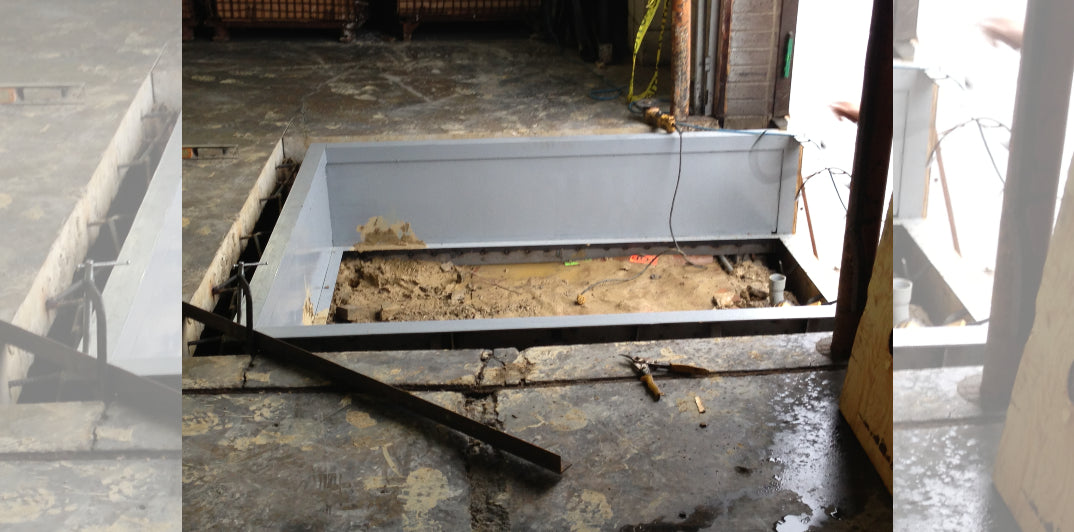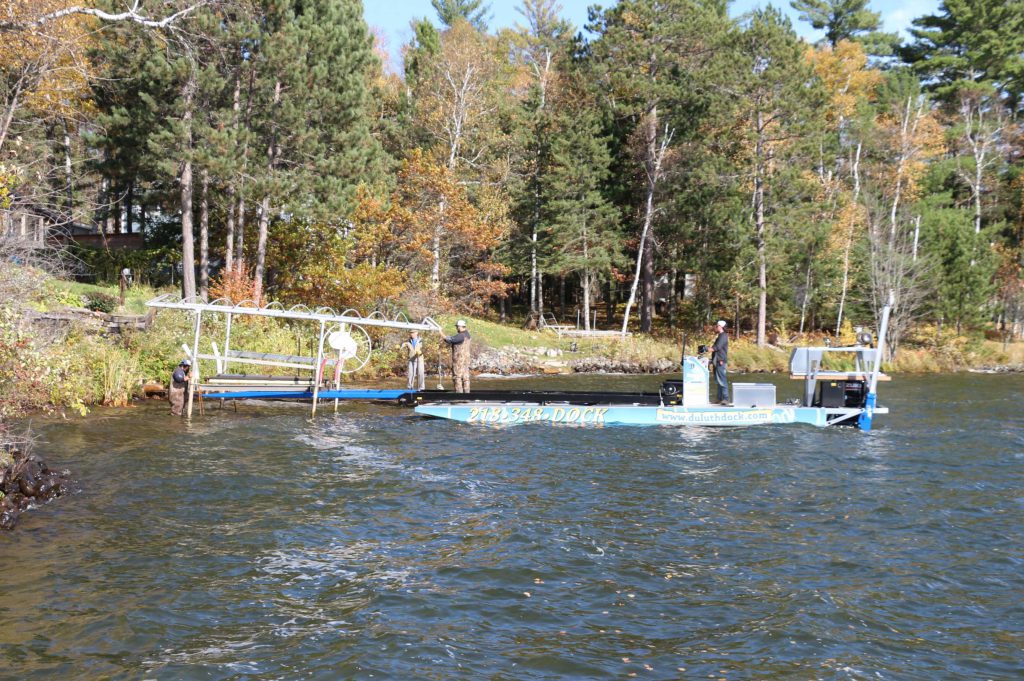Seasonal Preparations: When to Arrange Your Dock Repairs
Seasonal Preparations: When to Arrange Your Dock Repairs
Blog Article
Efficient Dock Repair Service Techniques: Making Sure Architectural Stability
Guaranteeing the architectural integrity of anchors via efficient fixing techniques is extremely important for the longevity and security of aquatic facilities. Ultimately, selecting the ideal repair materials, such as composite materials and corrosion-resistant alloys, is important for durability.
Evaluating Dock Damages
Assessing dock damage is a crucial first step in guaranteeing the structural integrity and safety of any docking facility. Key elements to examine include the dock's foundation, pilings, outdoor decking, and equipment (Dock Repairs).
Architectural designers or qualified examiners normally do these evaluations utilizing specialized strategies and devices. Undersea evaluations might use sonar tools or remotely operated lorries (ROVs) to find submerged damages. Over water, visual examinations are matched by utilizing moisture meters and various other diagnostic devices to discover underlying issues not quickly visible to the naked eye.

Finding Repair Materials
Choosing the appropriate repair products is an essential step in the dock reconstruction procedure, one that directly affects the durability and performance of the fixed structure. Product choice should be driven by factors such as ecological conditions, load-bearing needs, and compatibility with existing dock elements.
Along with wood, composite materials are progressively popular as a result of their longevity and reduced maintenance needs. Composites, typically made from a mix of plastic and wood fibers, use excellent resistance to rot, pests, and UV damage. For steel anchors, selecting corrosion-resistant alloys such as galvanized steel or marine-grade light weight aluminum is necessary to prevent rust and make certain structural honesty in saline water conditions.
Epoxy resins and marine-grade sealers are indispensable for repairing splits and securing joints, providing a water resistant obstacle and boosting the dock's overall strength. By thoroughly picking high-quality materials, dock repair services can attain long-lasting results, consequently guarding versus future degradation and making sure secure, reliable use.
Architectural Support Strategies
Effective structural reinforcement techniques are vital in making sure the security and long life of dock fixings. One basic method includes using steel or composite support bars (rebar) within concrete frameworks. Rebar gives added tensile strength, avoiding fractures and distributing loads more evenly. This method is particularly reliable for anchors revealed to hefty tons or severe environmental conditions.
Another crucial strategy is the application of fiber-reinforced polymers (FRP) These products provide high strength-to-weight proportions and superb resistance to rust, making them optimal for reinforcing wood or concrete docks. FRP can be used in strips or sheets and adhered with epoxy materials to improve architectural honesty.
Bracing and anchoring systems additionally play an essential role in architectural reinforcement. Cross-bracing, making use of metal or wood beam of lights, can counteract side forces, lowering persuading and motion. Securing systems, such as helical piers or driven stacks, provide a secure foundation by moving tons to deeper, extra steady soil layers.
Lastly, the assimilation of load-distribution plates can assist distribute weight more uniformly throughout the dock's surface, reducing local stress and anxiety points. These strategies collectively make sure that anchors stay safe and robust, efficient in withstanding the roughness of their functional atmosphere.
Advanced Repair Work Techniques

Another advanced method includes underwater welding, which permits fixings to be carried out without the requirement to dewater the area. This approach is particularly advantageous for resolving structural problems in submerged dock elements, making certain marginal disruption to procedures. Improved welding strategies, coupled with robot systems, deliver precision and reliability, thereby expanding the lifespan of the dock.
In addition, cathodic protection the original source systems are applied to avoid corrosion in metallic dock structures. By utilizing sacrificial anodes or amazed present systems, these techniques properly mitigate the electrochemical procedures that result in material deterioration.
Last but not least, progressed tracking modern technologies, such as architectural health and wellness surveillance (SHM) systems, give real-time information on the condition of dock structures. These systems make it possible for proactive maintenance and timely interventions, ultimately ensuring the long-lasting structural honesty of the dock.
Upkeep and Prevention
Maintenance and prevention are fundamental ideas that underpin the longevity and security of dock structures. Routine examinations are critical, allowing for very early discovery of deterioration, prospective weaknesses, and environmental influences. A proactive strategy, including regular look for deterioration, rot, and architectural shifts, mitigates pricey repair services and prolongs the dock's operational life.
Safety nets need to consist of applying safety finishings to steel parts to defend against corrosion and utilizing treated timber to resist degeneration. Furthermore, making certain correct drainage and air flow can stop water build-up, which is an usual root cause of architectural degradation. Incorporating high quality materials and sticking to supplier guidelines during construction and repair work phases likewise play vital roles in boosting durability.

Training workers in dock pop over to these guys maintenance finest practices ensures constant application of safety nets. Leveraging technological advancements, such as drones for assessments and sensors for real-time surveillance, can better enhance official source upkeep efforts. By focusing on maintenance and avoidance, dock proprietors can ensure structural stability, operational security, and affordable monitoring over the dock's lifespan.
Verdict
In verdict, keeping the architectural stability of aquatic facilities demands thorough dock fixing strategies. Advanced repair work strategies, combined with regular maintenance practices, ensure the dock continues to be risk-free and operational under diverse ecological problems.
Guaranteeing the structural integrity of anchors with reliable repair service methods is paramount for the longevity and safety of aquatic centers.Selecting the proper fixing materials is a critical step in the dock remediation process, one that directly influences the durability and performance of the repaired framework.Efficient structural reinforcement methods are crucial in making certain the security and longevity of dock repair work. By focusing on maintenance and avoidance, dock proprietors can guarantee architectural honesty, functional safety and security, and affordable monitoring over the dock's lifespan.
In final thought, maintaining the structural stability of aquatic centers requires comprehensive dock repair methods.
Report this page